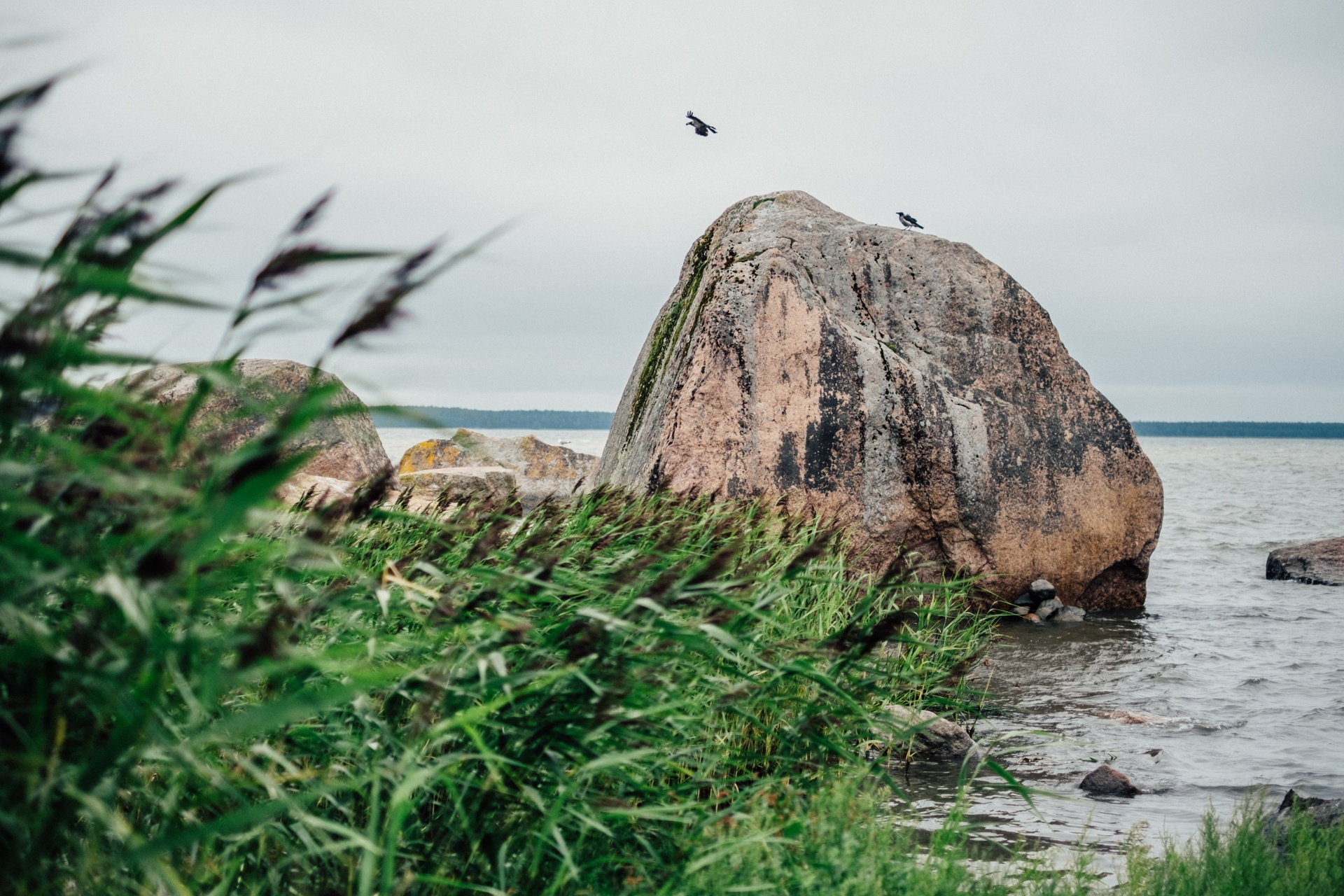
A tiny country with countless opportunities located where east meets west
Estonia, one of the three Baltic countries located on the shores of the Baltic Sea, is small in area and population. Territory-wise, the country is less than a tenth the size of Spain but bigger than both the Netherlands and Denmark. As for Estonia’s population, it is just 1.3 million.
History
Estonians are a proud nation – how could it be otherwise – we have managed to preserve our nation and language over the centuries despite foreign conquerors – the Danes, the Swedes, the Germans, and the Russians. Estonia became an independent country in 1918, but its independence was temporary as in 1940, our small country was occupied by the Soviet Union. In 1991, Estonia was able to restore its independence – not with weapons, but with singing. A Singing Revolution – this is the name given to public and political events that began at the end of 1980s and lead to the restoration of Estonia’s independence.
Economy
Since 2004, Estonia has been the member of the European Union and NATO. The currency of the Republic is the Euro. Estonia has an open contemporary economy where exports play a crucial role. Estonia’s main export partners are Finland, Sweden, Latvia, and Germany.
Estonia is a well-known e-country. State institutions and private enterprises use numerous ICT possibilities in offering their services, so we can say bureaucracy on paper belongs to the past. For Estonians, the digital signing of documents, the sending and receiving of electronic invoices (yes, this does not mean PDF-invoices sent by e-mail, but machine-readable invoices) and online voting have become routine activities.
Estonia also has the world’s first e-government – meaning that materials for meetings and other necessary documents are electronic. All this helps save paper and the environment.
E-Estonia is also accessible to foreigners. A resident of another country may become an e-resident of Estonia, ensuring safe access to the e-services offered by the Republic of Estonia and the private sector. For example, the founding of a company, the payment of taxes, etc. is super easy for an e-resident with a digital ID-card. There are 109,000 e-residents in Estonia from over 170 countries. They have established 29,000 companies. Among e-residents of Estonia are USA venture capitalist Ben Horowitz.
Culture
Estonians truly are the singing nation; the Song and Dance Celebrations are signature events that unify the whole country. 2019 marked the 150th anniversary of the Song and Dance Celebration, with 32,000 singers coming together. The event attracted so many spectators that for the first time in history, the organisers had to limit ticket sales to ensure the safety of the people gathered at the Song Festival Grounds. The tradition of the Estonian Song and Dance Celebration has also been submitted to the UNESCO World Heritage List.
Estonians generally speak two languages and according to the latest surveys, Estonians are some of the best English speakers in Europe. Their native language – Estonian – sounds ethereal and magical to many foreigners.
Nature
The nature in Estonia is unique – with wetlands, bogs, thousands of islands, lakes, and rich biodiversity. In addition, Estonia is one of the less populated countries in Europe – this leaves a lot of space for its forests, which cover almost half of the country’s territory. The air in Estonia has been ranked as some of the purest air in the world. Due to all this, Estonia can be seen as an incredible and mystical country.
Food produced in Estonia is clean as well – almost one-fourth of agricultural land where crops are grown and animals are grazed is organic. Another noteworthy fact is that Estonia uses fewer pesticides than many other European countries.
Facts
- Estonia is located on the eastern shore of the Baltic Sea. The total area of the country is 45,227 square kilometres. Estonia’s neighbours are Finland to the north, Sweden to the west, Latvia to the south and Russia to the east.
- Estonia is a country of parliamentary democracy. The official language is Estonian.
- There are 1.32 million residents in Estonia. Close to half of the population live in the capital city of Tallinn (about 425,000 people) and its immediate vicinity (168,000 people).
- The biggest nationality is Estonians, approximately 70%. Russians form about 25% of the population.
- The whole territory is covered by 4G network.
- Exports account for the majority of the country’s GDP, as the internal market of 1.3 million people is too small for its enterprises. The majority of the export of Estonia’s products and services (and most of the country’s imports) are between the countries of the European Union.
- The main exports are electrical appliances, mineral products, machinery, timber, and timber products. The main imports are electrical appliances, agricultural products and food products, mineral products and machinery.
- According to Eurostat, the Estonian GDP per capita is 87% of the average of the European Union.
- According to the IMD World Competitiveness Centre rankings, Estonia is placed 26th.
- Estonian enterprises are small: over 90% of enterprises employ less than 10 people.